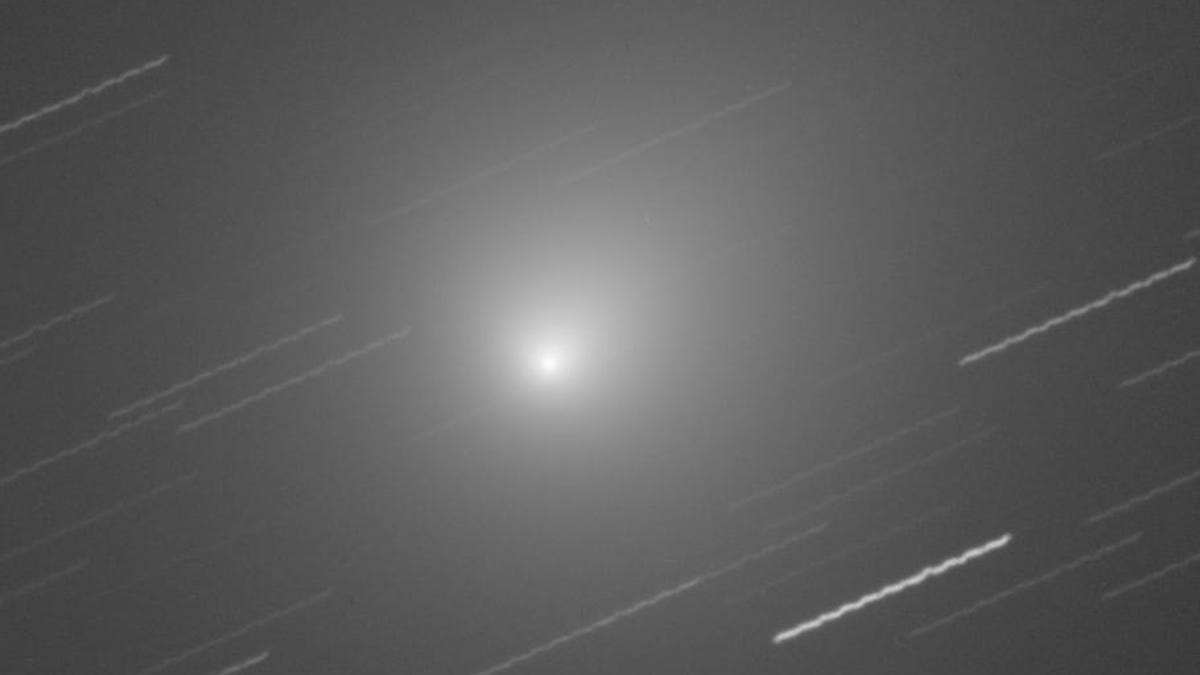See a hyperactive Christmas comet zip through space
Comet 46P/Wirtanen is closing in on an Earth flyby and a telescope captured the action.
Look up on a dark night this week and you might see a bundle of icy rock flying through space just in time for the holidays.
Thanks to its seasonal timing, Comet 46P/Wirtanen has become known as the "Christmas comet." We now have a lovely little video of the comet's movement.
The footage from the Virtual Telescope Project shows a bright ball of light moving against a backdrop of stars.
Astronomers at the University of Maryland say the comet may be visible to the naked eye if you're in a location with a dark sky. It's also snuggling up relatively close to Earth, making it the 10th closest comet in modern times. It will still pass safely by our planet with plenty of room to spare.
Wirtanen isn't just notable for its closeness. It contains a lot of volatile ice, which heats up and feeds into its coma, a bright cloud of gas and dust around the comet's small nucleus. This activity qualifies it as a "hyperactive" comet. "They seem to emit more water than they should for the size of their nucleus," the University of Maryland says.
The Virtual Telescope Project will host live online observations of the comet on Dec. 12 and 16 if you want to see the view from the group's robotic telescopes.
Amateur astronomers should also be able to spot the comet using telescopes and binoculars. The University of Maryland offers some helpful star charts that will help point you in the right direction.
To add to Wirtanen's festive reputation, it's even wearing a favorite seasonal color. NASA describes it as a "ghostly" green. This will be the comet's closest approach to Earth for the next 20 years, so enjoy it while you can.
CNET's Holiday Gift Guide: The place to find the best tech gifts for 2018.
NASA turns 60: The space agency has taken humanity farther than anyone else, and it has plans to go further.


